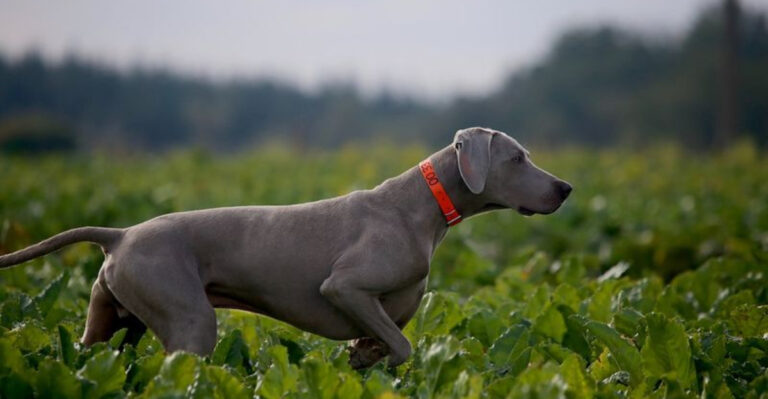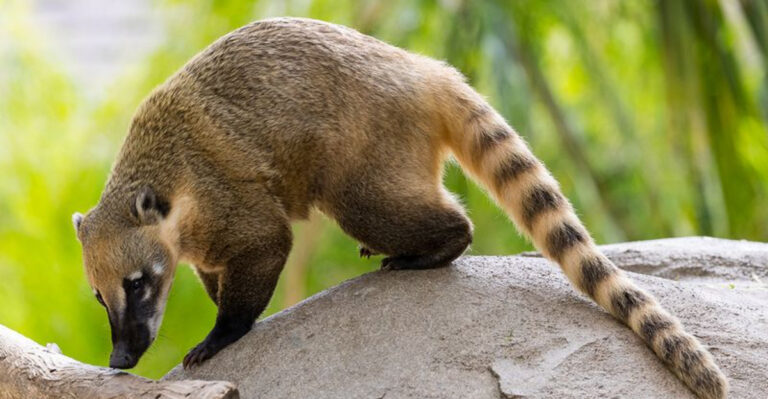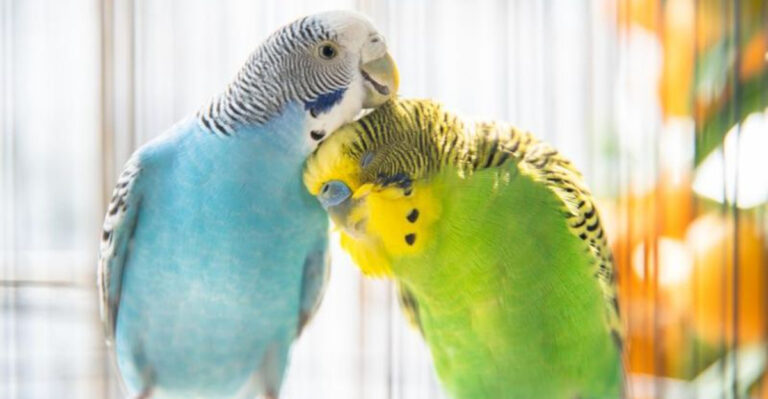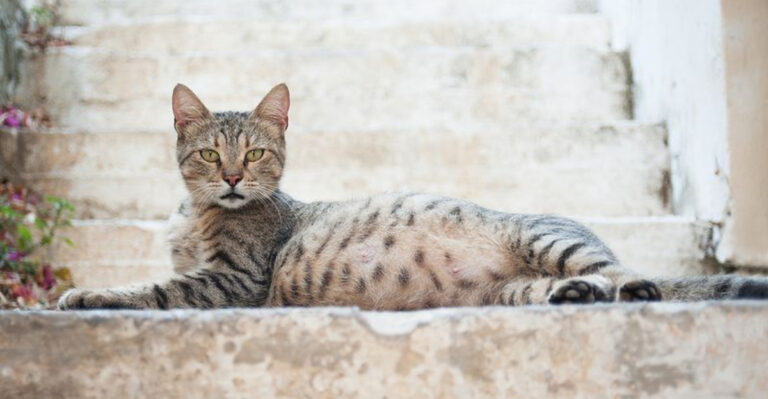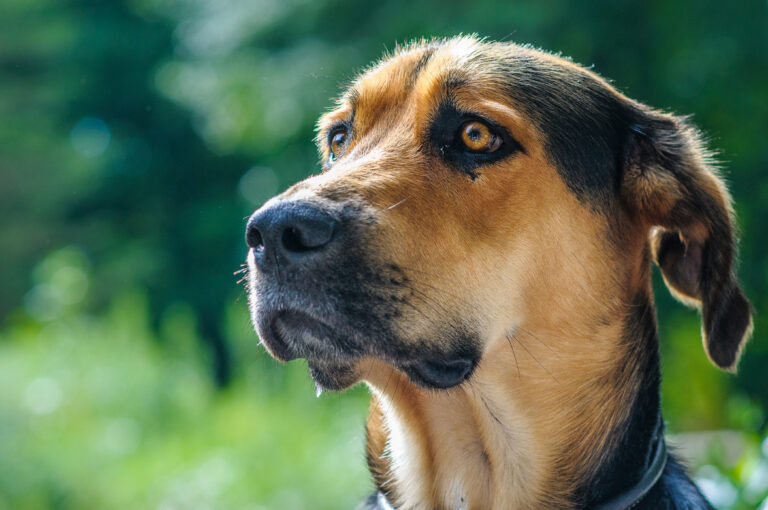12 Must-Know Facts About The Alaskan Husky Dog Breed
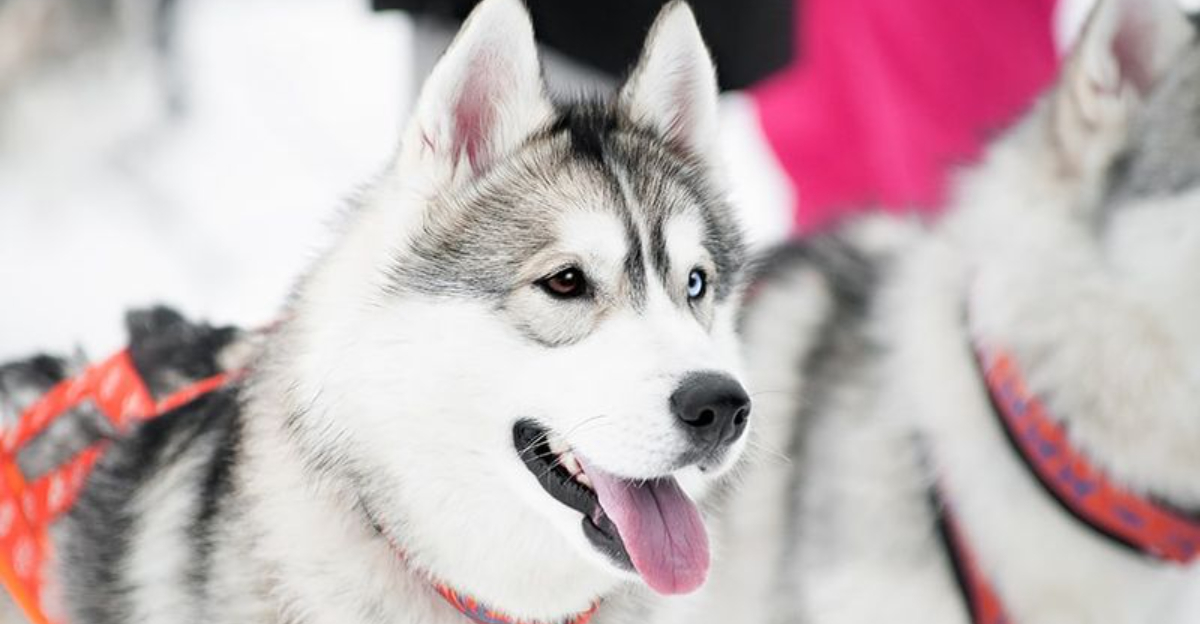
The Alaskan Husky stands as one of the most hardworking and resilient canine companions you’ll ever meet. Often confused with their Siberian cousins, these dogs aren’t just pets – they’re athletes built specifically for sledding through harsh, snowy landscapes.
What makes these dogs truly special isn’t just their incredible physical abilities, but also their unique temperament, varied appearance, and unwavering loyalty that have made them legends of the North.
1. Not A Purebred
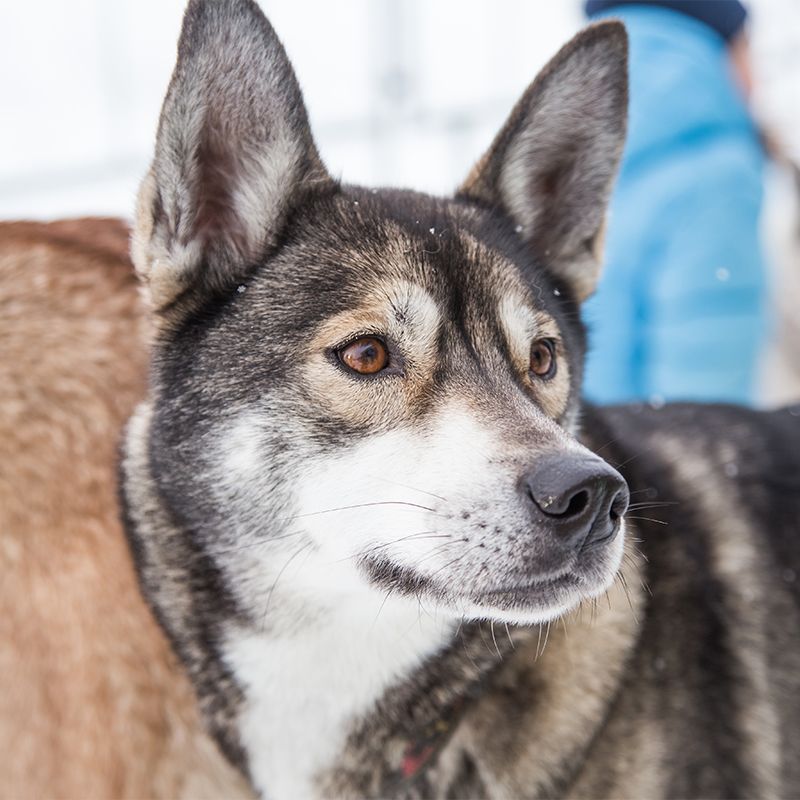
Surprise! Your Alaskan Husky isn’t recognized by major kennel clubs because it’s not technically a breed at all. These dogs represent a specialized type bred purely for function over form.
Mushers historically combined various northern breeds including Siberian Huskies, Greyhounds, and even German Shepherds to create the ultimate working dog with superior stamina, strength and cold resistance.
2. Built For Sledding

Racing through snow-covered terrain at speeds up to 25 mph, Alaskan Huskies exemplify canine athleticism. Their entire existence revolves around pulling sleds across frozen wilderness.
Unlike show dogs bred for looks, these remarkable animals have been selectively developed for generations based solely on performance. Their body structure, metabolism, and even foot shape have evolved specifically for running efficiently through snow.
3. Why Alaskan Huskies Can Run For Miles
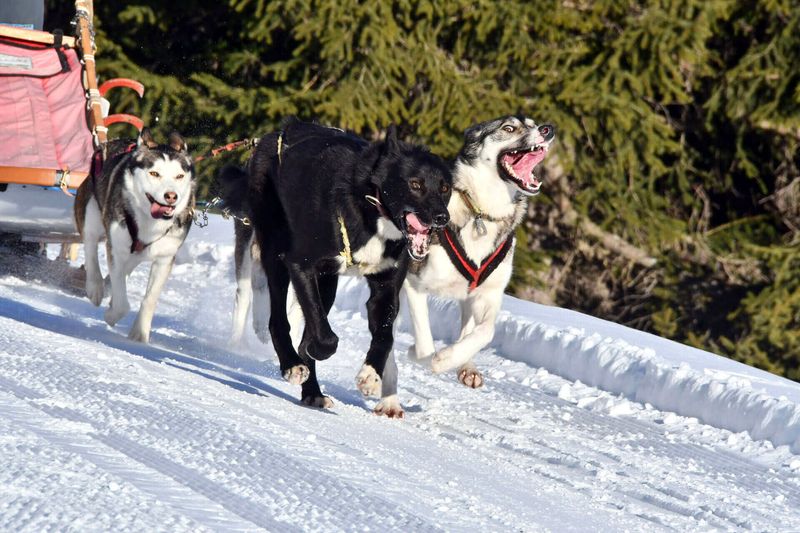
Marathon runners of the dog world, Alaskan Huskies can cover 100+ miles daily during races like the legendary Iditarod. Their bodies efficiently convert fat to energy, allowing sustained performance in extreme conditions.
What’s their secret? A specialized metabolism paired with incredible oxygen efficiency. These dogs possess unique cardiovascular adaptations that prevent fatigue even after hours of running through harsh Arctic conditions.
4. Appearance: Lean, Muscular, And Athletic
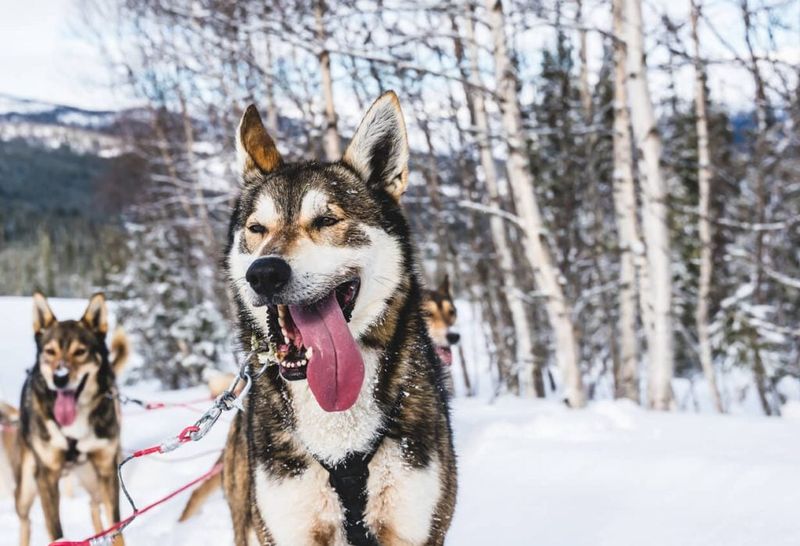
Forget the fluffy teddy bear look of Siberian Huskies! Alaskan Huskies sport a leaner, more athletic build with less coat bulk but more muscle definition. Their bodies are precision instruments designed for movement.
Standing typically 21-25 inches tall and weighing 35-60 pounds, these dogs feature a streamlined frame with deep chests to house powerful lungs. Their ears might stand erect or flop slightly, depending on their genetic mix.
5. Temperament: Friendly Yet Independent

Bursting with energy yet remarkably level-headed, Alaskan Huskies bring a unique personality to the family. They’ll shower you with affection but don’t expect a clingy shadow following your every move.
These dogs maintain a refreshing independent streak—a remnant of their working heritage where making quick decisions on the trail was essential. This self-sufficiency doesn’t diminish their loyalty; it simply adds fascinating complexity to their character.
6. Coat And Color Variations
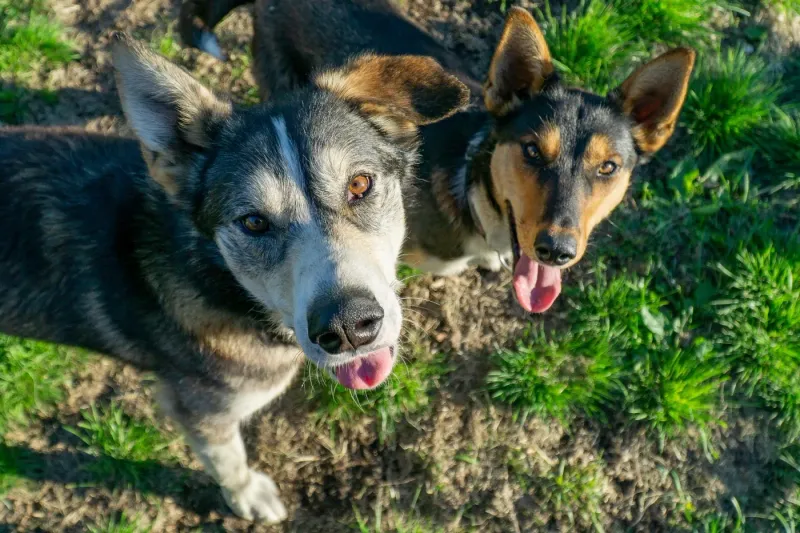
Mother Nature painted Alaskan Huskies with a wildly diverse palette! Their coats come in virtually any color combination imaginable—from solid black to pure white and everything between.
Unlike breed standards that demand uniformity, these working dogs sport double coats in endless variations. Some rock wolf-like markings while others showcase splashes of tan, copper, or even brindle patterns. Their eyes might gleam blue, brown, or even one of each!
7. How Alaskan Huskies Get Along With Others
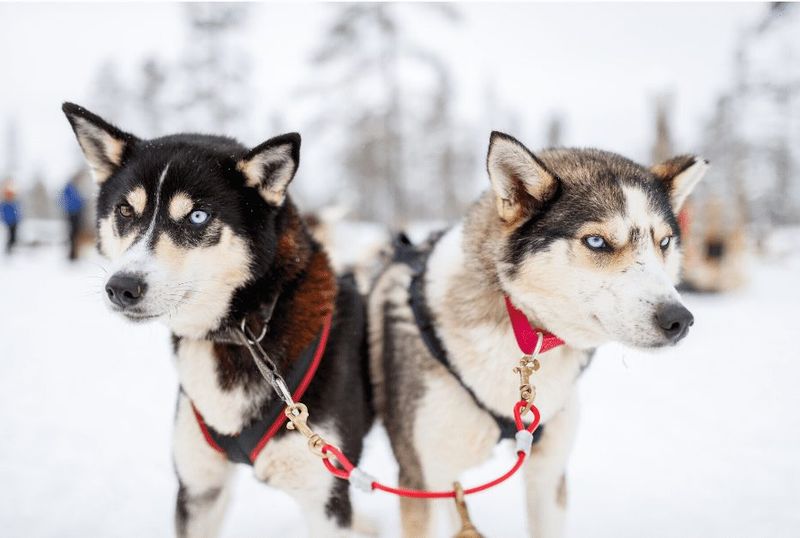
Born team players, Alaskan Huskies thrive in the company of both humans and fellow canines. Their sledding heritage required cooperation, creating a naturally sociable disposition that transfers beautifully to family life.
These dogs rarely show aggression and typically welcome strangers with wagging tails rather than suspicious barks. Their pack mentality makes multi-dog households ideal, where they establish harmonious relationships and often form strong bonds with their doggy companions.
8. They’re Smarter Than You Think
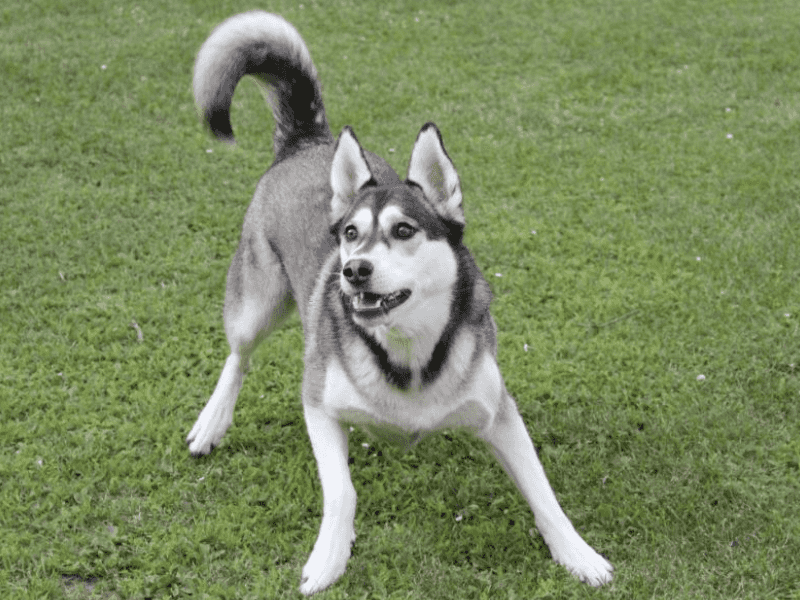
Quick-witted problem solvers, Alaskan Huskies possess remarkable intelligence that served them well navigating treacherous trails. They can learn commands rapidly but might question whether your instructions are truly the best approach!
Training these clever canines requires understanding their pragmatic mindset. They respond beautifully to positive reinforcement but may ignore commands that seem illogical to their working dog sensibilities. Patience and consistency unlock their tremendous learning potential.
9. The Alaskan Husky’s Unique Feeding Needs
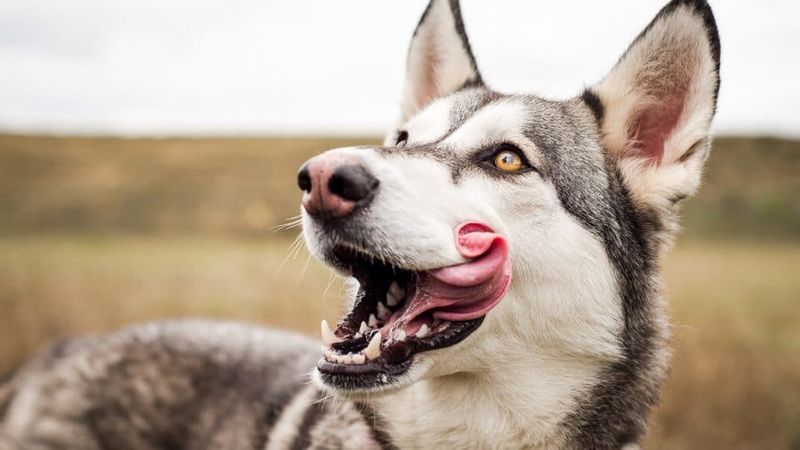
Forget standard feeding charts—Alaskan Huskies require specialized nutrition matching their extraordinary metabolism. Active working dogs may need 10,000+ calories daily during peak racing season!
Their bodies process fat with remarkable efficiency, making high-quality protein and fat crucial dietary components. Unlike many breeds, these athletic marvels naturally moderate their intake, rarely overeating even when food is freely available. Their nutritional needs fluctuate dramatically with activity level.
10. Health Considerations: Common Issues To Watch Out For

Generally robust thanks to diverse genetics, Alaskan Huskies still face specific health challenges worth monitoring. Their athletic lifestyle can stress joints, particularly hips and shoulders that bear tremendous force while pulling.
Eye conditions like progressive retinal atrophy sometimes appear, along with hypothyroidism in some lines. The good news? These working dogs typically enjoy 12-15 healthy years when provided proper veterinary care, nutrition and regular exercise appropriate to their extraordinary physical capabilities.
11. Not Your Average Pet

Couch potatoes need not apply! Alaskan Huskies require homes that embrace their boundless energy and working heritage. Without proper outlets, these dogs transform household items into improvised entertainment—often destructively.
Thriving in active households with secure outdoor spaces, they make outstanding companions for runners, hikers, and winter sports enthusiasts. Their adaptable nature handles various climates surprisingly well, though they particularly shine in cooler regions where their athletic abilities can truly flourish.
12. Alaskan Huskies Vs. Siberian Huskies: Key Differences
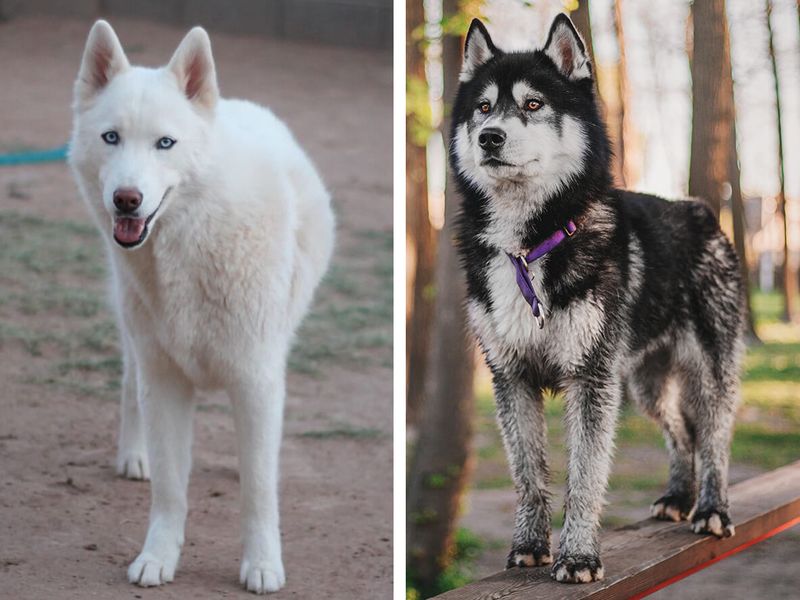
Casual observers often confuse these northern breeds, but stark differences exist beneath surface similarities. While Siberians conform to strict breed standards with consistent appearance, Alaskan Huskies vary dramatically in looks based on working ability alone.
Typically, Alaskans run leaner with less dramatic coats and more diverse coloration. Performance separates them most distinctly—Alaskan Huskies generally outpace their Siberian counterparts in racing events, reflecting their specialized breeding focused exclusively on working capability rather than appearance.

